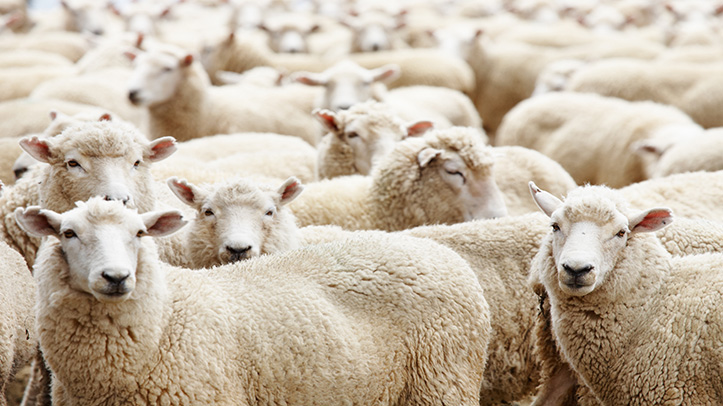The recent warm spell has resulted in many areas of the country reaching temperatures that lead to the hatching of nematodirus larvae on pastures that carried lambs last spring.
However, farmers and advisors must remember that this is not the only factor to consider when deciding if/when to treat lambs.
“In many places, the rise in temperatures has been early, relatively gradual, and sustained in recent weeks. This means the threat to lambs so far has been relatively low, which is borne out by few, if any, reports of disease,” said Lesley Stubbings of SCOPS.
An early hatch means that there are unlikely to have been many lambs old enough (six weeks of age) on the pasture to ingest the larvae. Check the historical data in your area because, for some, the risk is now receding back again from the ‘very high’ black dot level.
In upland and cooler coastal areas, temperatures have not yet reached the trigger for hatching, so these flocks need to keep monitoring and risk assessing when lambs reach the age they are grazing. They could be at high risk if we have a return to cold weather followed by a sudden warming in the coming weeks.
A gradual hatch, due to higher temperatures being sustained, means even those lambs that are grazing are not faced with a ‘mass hatch’ that occurs when temperatures rise suddenly following a cold snap. This helps to facilitate the development of immunity in lambs because they are introduced to low levels of larvae over an extended time. Once they reach 8-9 weeks of age, this immunity will be working to protect them.
Conversely, there are reports of high counts of strongyle species in hoggets and some older sheep, and these could be leading to high levels of contamination on pastures this spring. “Once we get some rain, which is forecast over Easter, we could see a rapid rise in these worm species,” said Rebecca Mearns, APHA.
“Our concern is that those who have treated for Nematodirus, think that’s given some ‘peace of mind’, may get caught out. If you have lambs that are 6-8 weeks old at the end of April, farmers could start taking faecal (FEC) samples to monitor the situation.”


